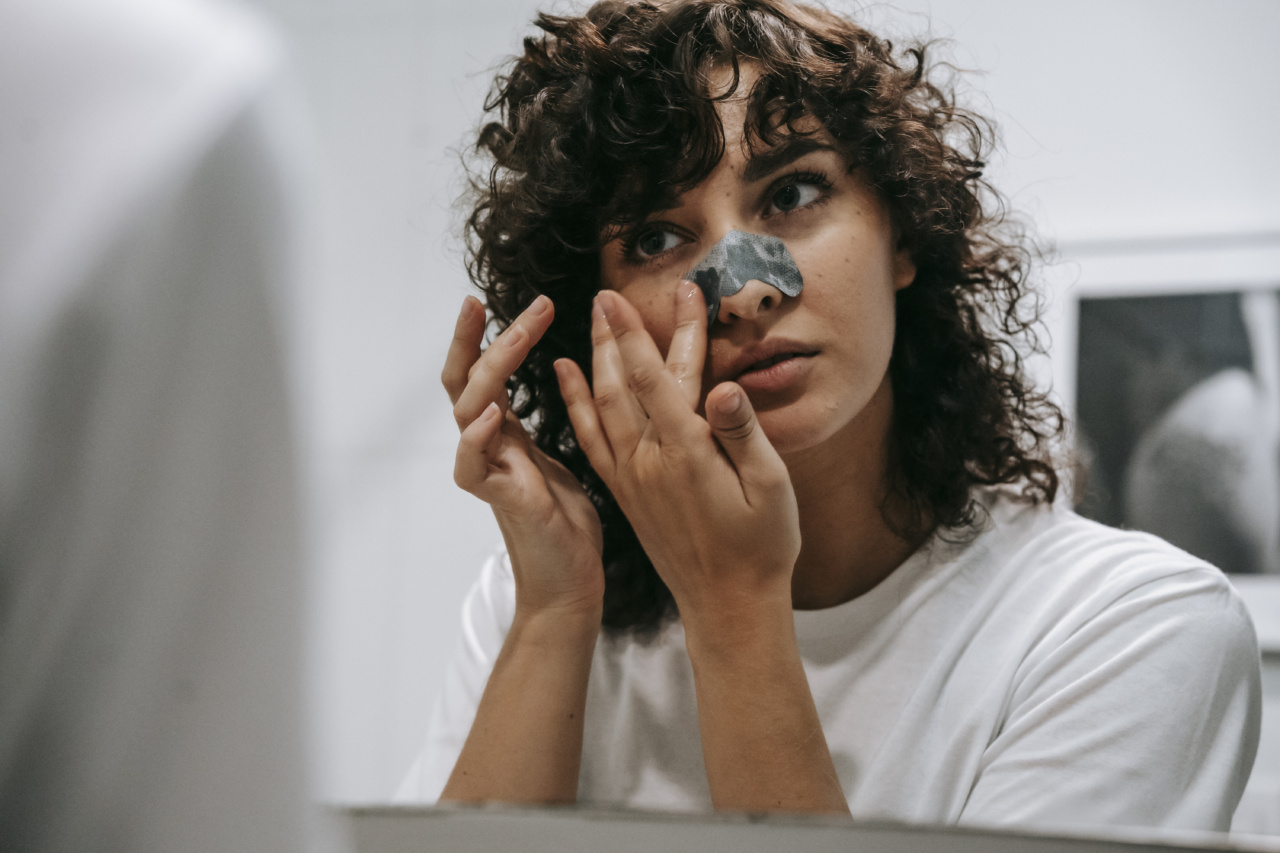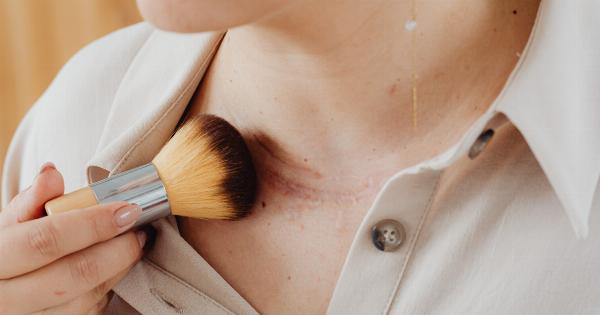Having a turned hair can be extremely uncomfortable and embarrassing. It occurs when a hair follicle grows in the wrong direction, and can lead to ingrown hairs, infections, and irritation.
There are several effective methods to remove a turned hair, and in this article, we will explore some of the best ways to get rid of it safely and effectively.
Method 1: Tweezers
Tweezers are a commonly used tool for removing turned hairs. It is important to use clean, sterilized tweezers, and to disinfect the area you will be working on to prevent infection.
To remove the hair, grip the hair firmly with the tweezers and gently pull in the direction of hair growth. Avoid pulling the hair out completely as this can cause further irritation.
Method 2: Exfoliation
Exfoliating the skin around the turned hair can help release the hair from under the skin. Use a gentle exfoliating scrub or brush to scrub the affected area in circular motions, focusing on the spot where the hair is located.
Be careful not to scrub too hard as this can cause further irritation.
Method 3: Warm Compress
A warm compress can help reduce inflammation and loosen the turned hair, making it easier to remove. Soak a clean cloth in warm water and wring out excess water.
Hold the warm compress over the affected area for 5-10 minutes, re-warming the cloth if needed. Once the hair has loosened, use tweezers to remove it as described in method 1.
Method 4: Shaving
Shaving can help remove the hair and prevent further irritation. It is important to use a clean, sharp razor, and to avoid shaving over the turned hair directly. Instead, shave the surrounding area to create some space around the hair.
Be sure to use shaving cream or gel to prevent further irritation.
Method 5: Hair Removal Creams
Hair removal creams can be effective in removing turn hair. Apply the cream to the affected area and leave it on for the recommended time. Be sure to read and follow all instructions carefully.
Once the time is up, remove the cream and use a warm compress or exfoliating brush to help remove any remaining hair.
Method 6: Salicylic Acid
Salicylic acid is a gentle chemical exfoliant that can help remove a turn hair. Apply a small amount of salicylic acid to the affected area and leave it on for several minutes.
Rinse off with warm water and follow up with a warm compress or exfoliating brush to help remove the hair.
Method 7: Antibacterial Creams
If the turned hair has become infected, it is important to use an antibacterial cream to prevent further infection. Apply the cream to the affected area after cleaning it with soap and water.
Be sure to keep the area clean and dry, and avoid picking or scratching at the affected area.
Method 8: Seek Medical Assistance
If the turned hair is causing severe pain, or if it is located in a sensitive area, it may be best to seek medical assistance. A doctor can help safely remove the hair and provide further treatment if necessary.
Method 9: Prevention
Prevention is key to avoiding turned hairs. Make sure to use clean razors and to shave in the direction of hair growth. Exfoliate regularly to prevent ingrown hairs, and avoid tight clothing that can rub against the skin and cause irritation.
If you are prone to turned hairs, consider using a hair removal method that suits your skin type.
Method 10: Consult a Dermatologist
If you are experiencing frequent turned hairs or other skin irritations, it may be best to consult a dermatologist.
A dermatologist can provide further advice on how to prevent and treat ingrown hairs, and can suggest skin care products to help prevent future occurrences.






























